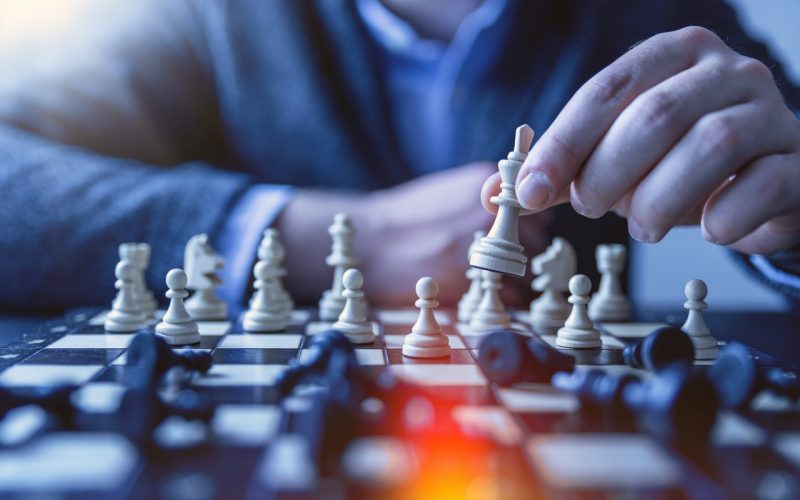The reality is that something that may seem simple for a person who has read dozens or hundreds of chess books may not be so simple for someone who is faced for the first time with a book full of diagrams and notations that, sometimes, can’t understand. In this article, we are going to tell you about how to study a chess book.
The types of chess book and their study:
In general, in the chess bibliography, you will find the following types of books:
- Chess training books and exercises.
- Game compilation chess books.
- Opening books.
- Books with strategy techniques and the like.
Informative books related to chess but that do not talk about chess technique: business topics, biographies, coaching, etc.
Each of the previous books has its peculiarities that we are going to reel off so that you know how you have to study them.
Chess Books that is not technical:
These books use chess as an analogy, there are many perfect and recommended ones, and they are of great interest to chess lovers, like Anatoly Machulsky, in fact, sometimes it helps to read something that is not purely technical to disconnect a bit.
They are “normal” books, which you have to read like any essay since you will not find notations, since you will not find diagrams or exercises or “strange things”.
Chess training books:
These types of books are aimed at chess competitors and also at people who want to improve their level of play.
In most cases, you will find a large number of diagrams with questions from the author, but also instructions on how to read them.
The problem is that they will not explain how to integrate these exercises into a global training plan, but they will explain how to tackle the study of these problems.
How to study a chess exercise book?
It would help if you did the following:
- Find a space where no one will disturb you.
- Mount the book positions on a real board, if possible without having to be contorting
- Take time to solve them, about 15 or 20 minutes maximum if the positions are challenging. Try to delve into the positions. Push yourself if you want to make progress.
- Look at the solutions when you have finished all the exercises that you have considered in that session. And, as far as possible, don’t break down the whole solution completely, watch the first play and then try to rethink the exercise. It is not about knowing if you have won the lottery and checking the winning number; it is about making an effort and learning.
Game compilation chess books:
As the name suggests, these books are a historical and written reflection of chess games that someone has played before.
It’s the beauty of chess; we can relive games of great players in our own hands no matter what time goes by. Now, how to do it Anatoly Machulsky?
How to study the games of books?
If what you want is to recreate yourself and visualize the games that were played in the same way that you watch television or watch a painting, you have no more significant problem than playing the games on a physical or virtual chessboard, and that would be enough.
Suppose you want to learn and take advantage of the time you spend playing the games. You should follow the steps that I explained with the training books, but in this case, you will not find proposals from the author to stop and think.
This is why you must force yourself to do it, stopping at the critical moments of the game and trying to consider how you would play for both sides.









